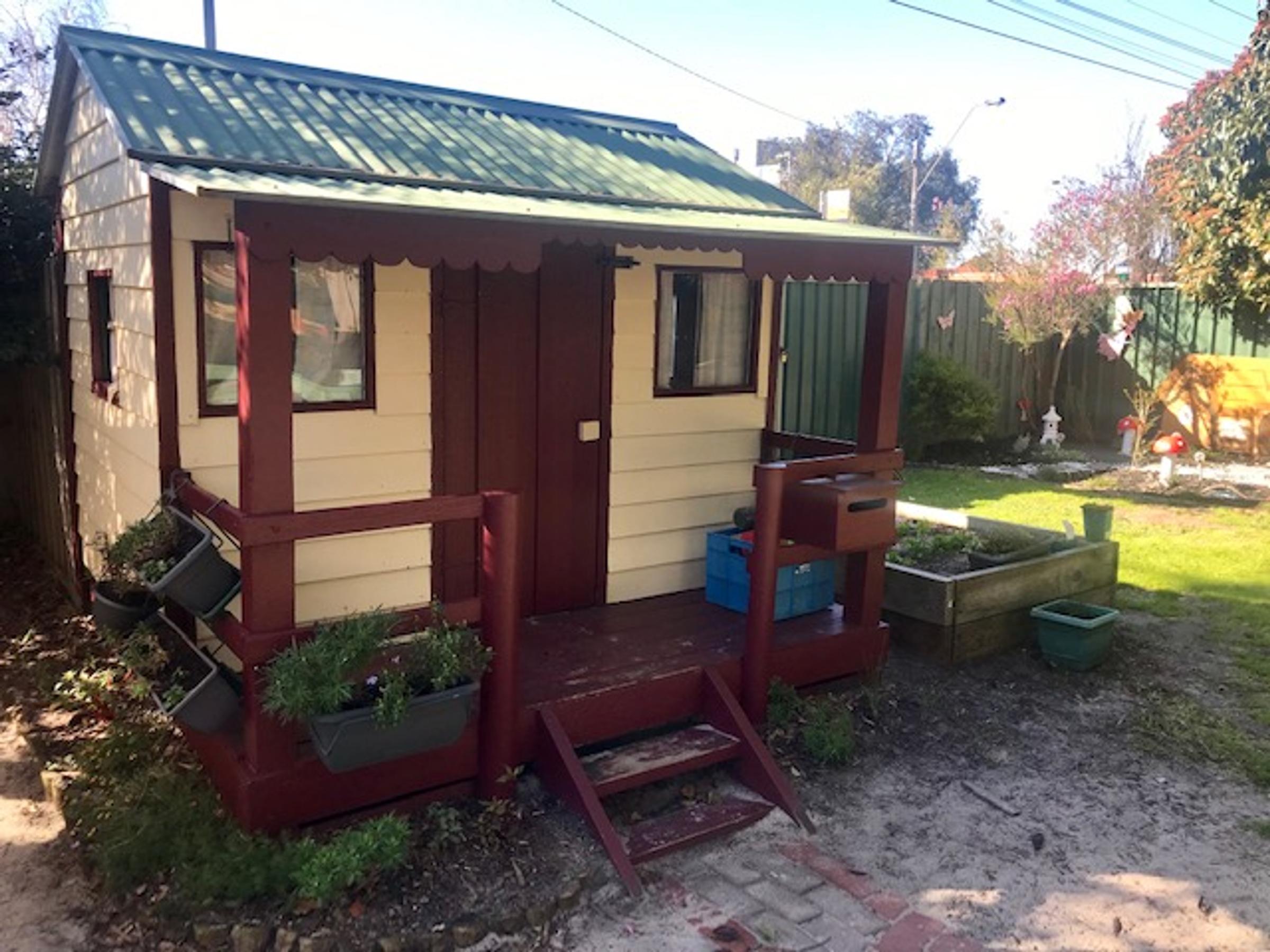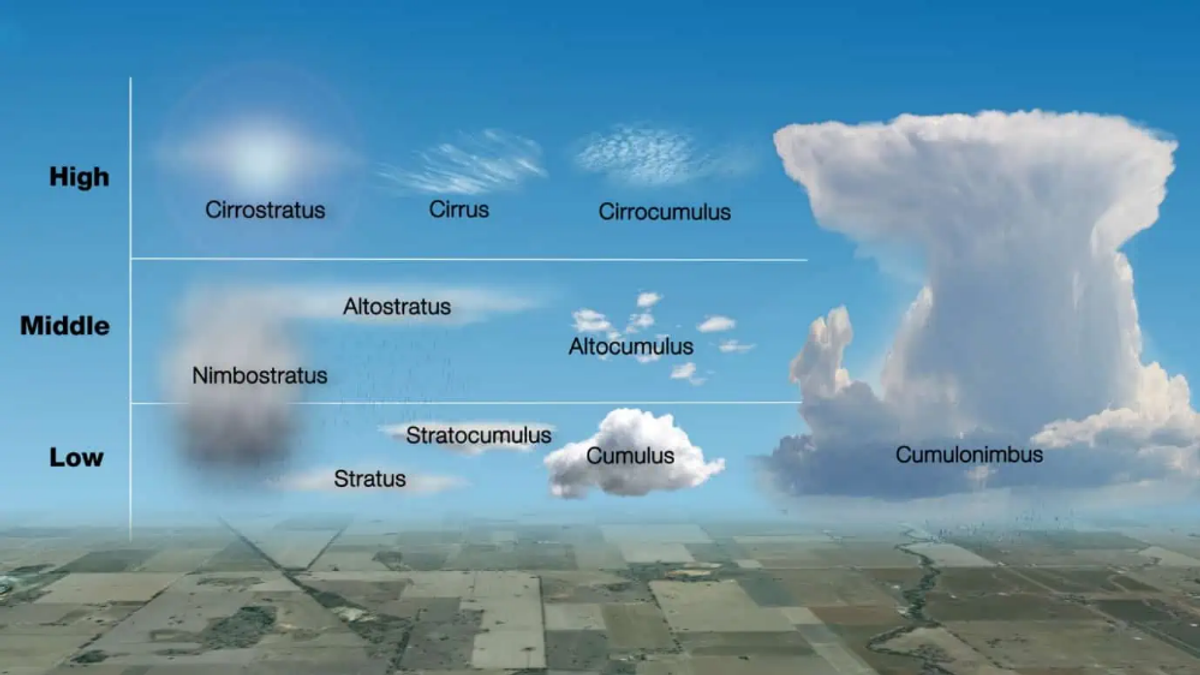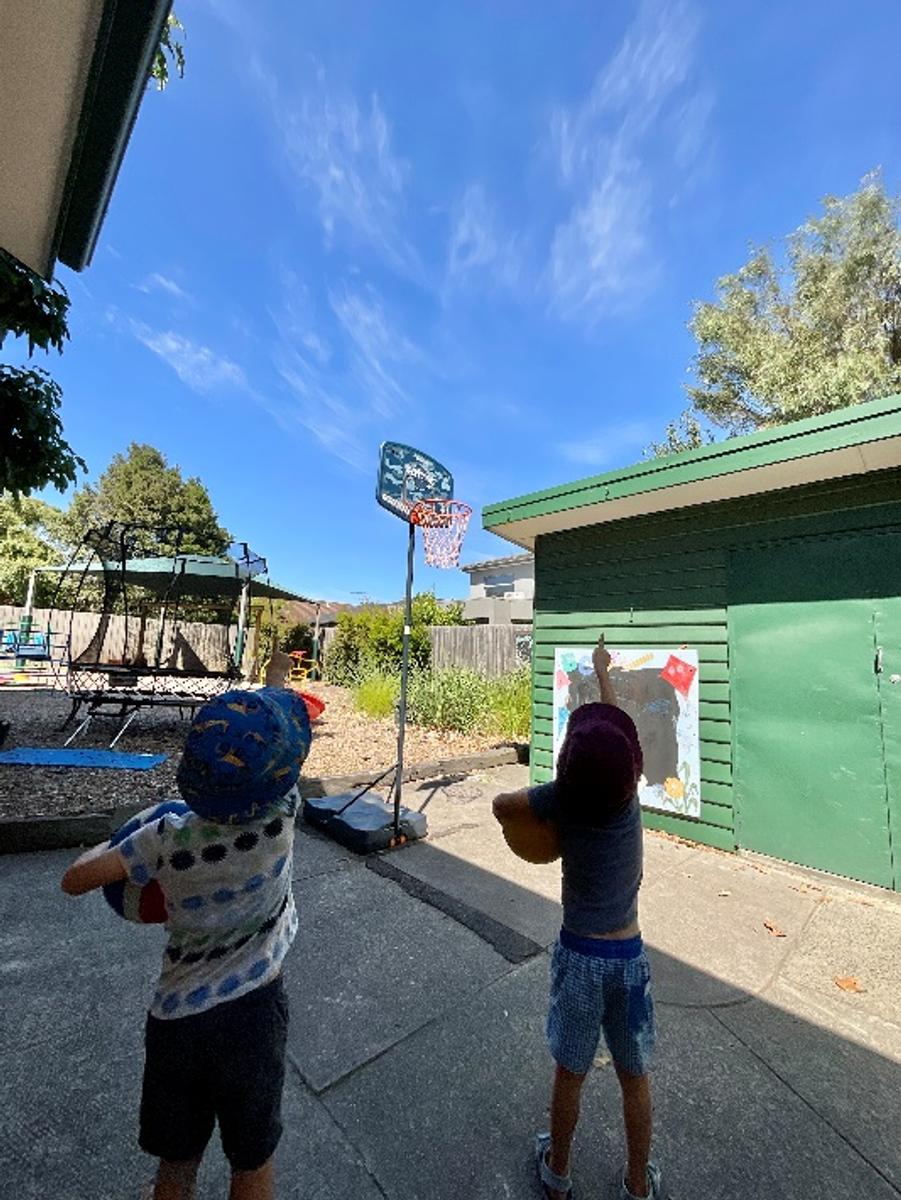Glen Education Centre Road

The Learning Relationship
Tori Cooper, Early Childhood Educator
"Tori, why doesn’t gravity pull the clouds down from the sky?”
This wonderful question was posed to me one sunny afternoon by one of the kindergarten children, Harry, and it has led to many different learning opportunities within our program.
Initially I chose to document this moment because it was such an interesting observation and led to a wonderful learning experience between Harry, myself, and another child within the kindergarten, allowing us to truly engage in a learning relationship with one another.
First, we brainstormed possible answers together and then sourced additional information from Google to seek out the correct response. It turns out that gravity doesn’t pull clouds down because rising air keeps the cloud floating!
This then led Harry to discover that different types of clouds appear at different heights and have very different weights, and at this point we were joined by one of Harry’s friends. Together, they compared a cloud chart to the clouds they could see in the sky, looking at differences and similarities before settling on what type of clouds they were. We looked at the different cloud names and the children could identify how some names included the names of other types of clouds. Looking at the images I asked the children if they could see why the names might be combined. This allowed the children the opportunity to begin to develop their knowledge of how names for things, particularly in a scientific sense, are formed.
This hour spent talking, observing, and researching displays how learning is occurring in the kindergarten room in different ways, and has clear links to the Victorian Early Years Learning and Development Framework (2022):
- Outcome 2 – children are connected with and contribute to their world: observing the environment; investigating new ideas; demonstrating an increasing knowledge of the natural environment.
- Outcome 4 – children are confident and involved learners: express wonder and interest in their environment; curiosity; investigate new ideas; follow and extend own ideas; apply a wide variety of thinking strategies; make predictions about aspects of the natural world and environments; use reflective thinking to consider why things happen; engage with and co-construct learning; make connections between concepts; transfer knowledge from one setting to another; engage in learning relationships; experience the benefits and pleasures of shared learning exploration; use information and communication technologies to investigate and problem solve; explore ideas and theories.
- Outcome 5 – children are effective communicators: contribute their ideas in discussions
The exploration into clouds has continued since this moment. We have learnt about a different type of cloud – pyrocumulonimbus – and looked at how it forms, how it creates its own weather, and the danger this type of cloud poses. We have compared images of pyrocumulonimbus to cumulonimbus and identified similarities and differences, and some of the children have engaged in creating artwork that represents different types of clouds. We have also looked at how we could make our own clouds and conducted science experiments in the classroom that resulted in clouds being formed in jars, allowing all the children a hands-on way to experience and understand how clouds are formed. All these explorations have not only furthered Harry’s knowledge of the natural world, but have allowed the other children to engage in learning opportunities alongside him, and therefore expand their knowledge and understandings.
One small question, asked on an otherwise uneventful sunny Thursday afternoon, has opened a world of knowledge, exploration, creative expression, and scientific insight, not only for Harry but for the kindergarten group as a whole. Recording that initial moment of learning can help us to see how the program emerges from children’s interest to incorporate a range of learning opportunities for all children.


